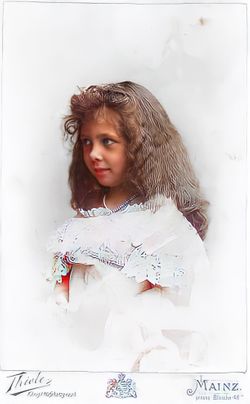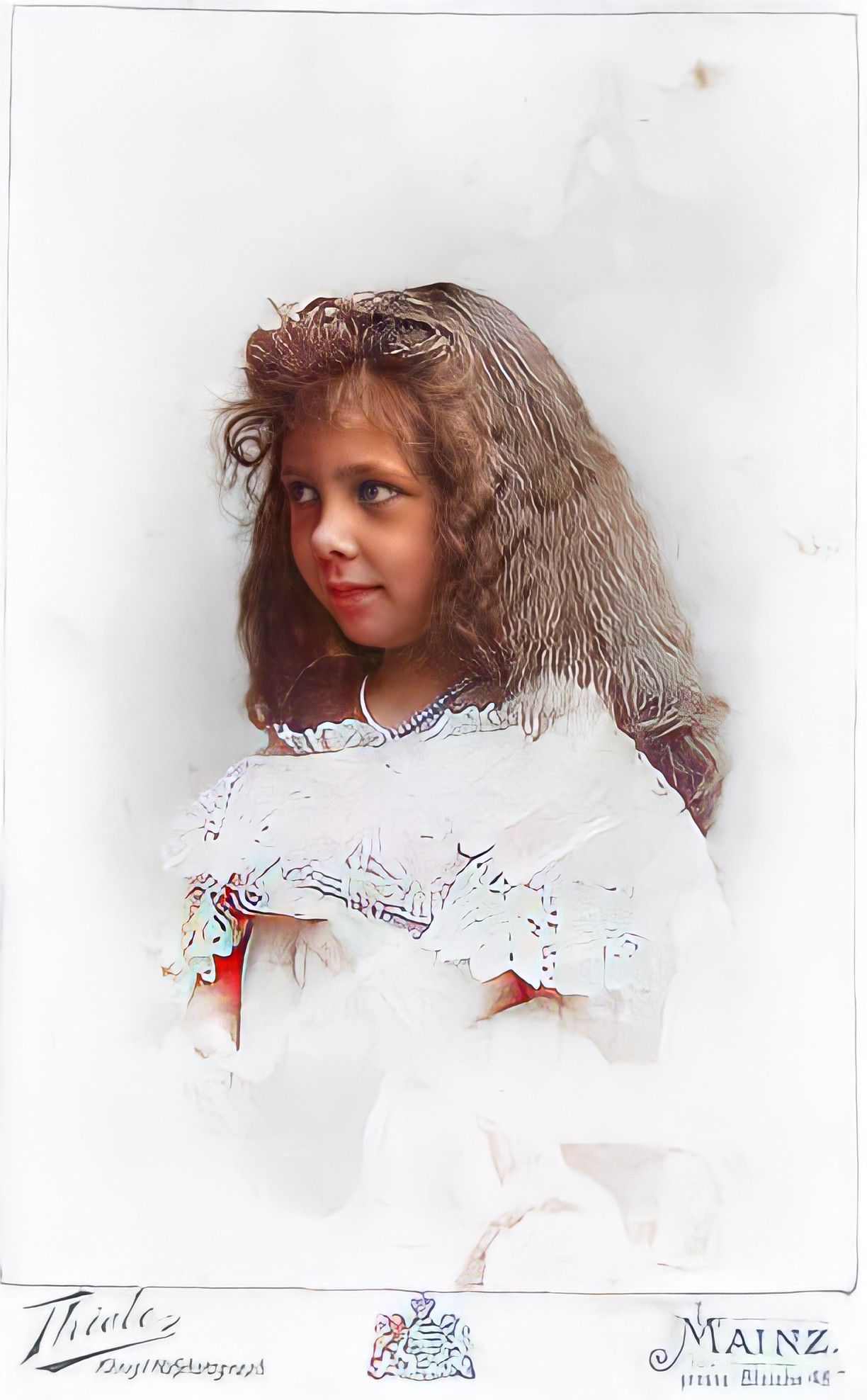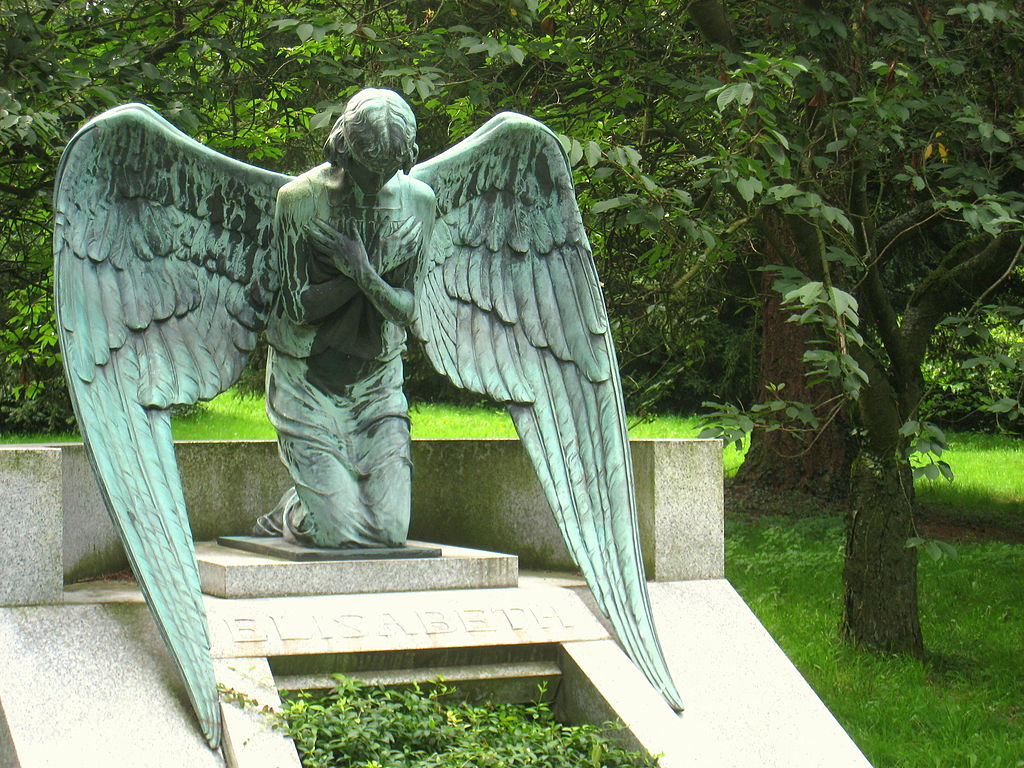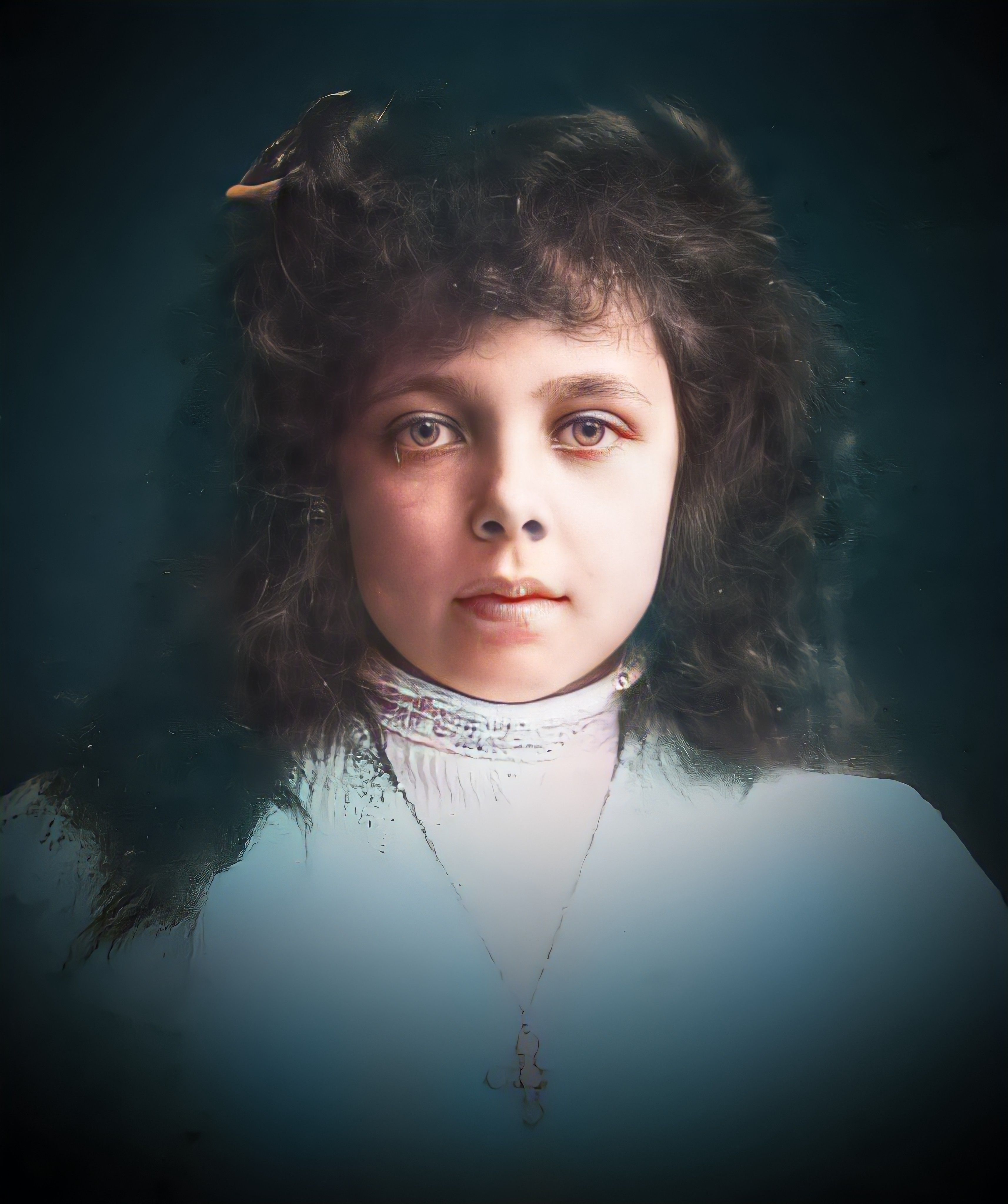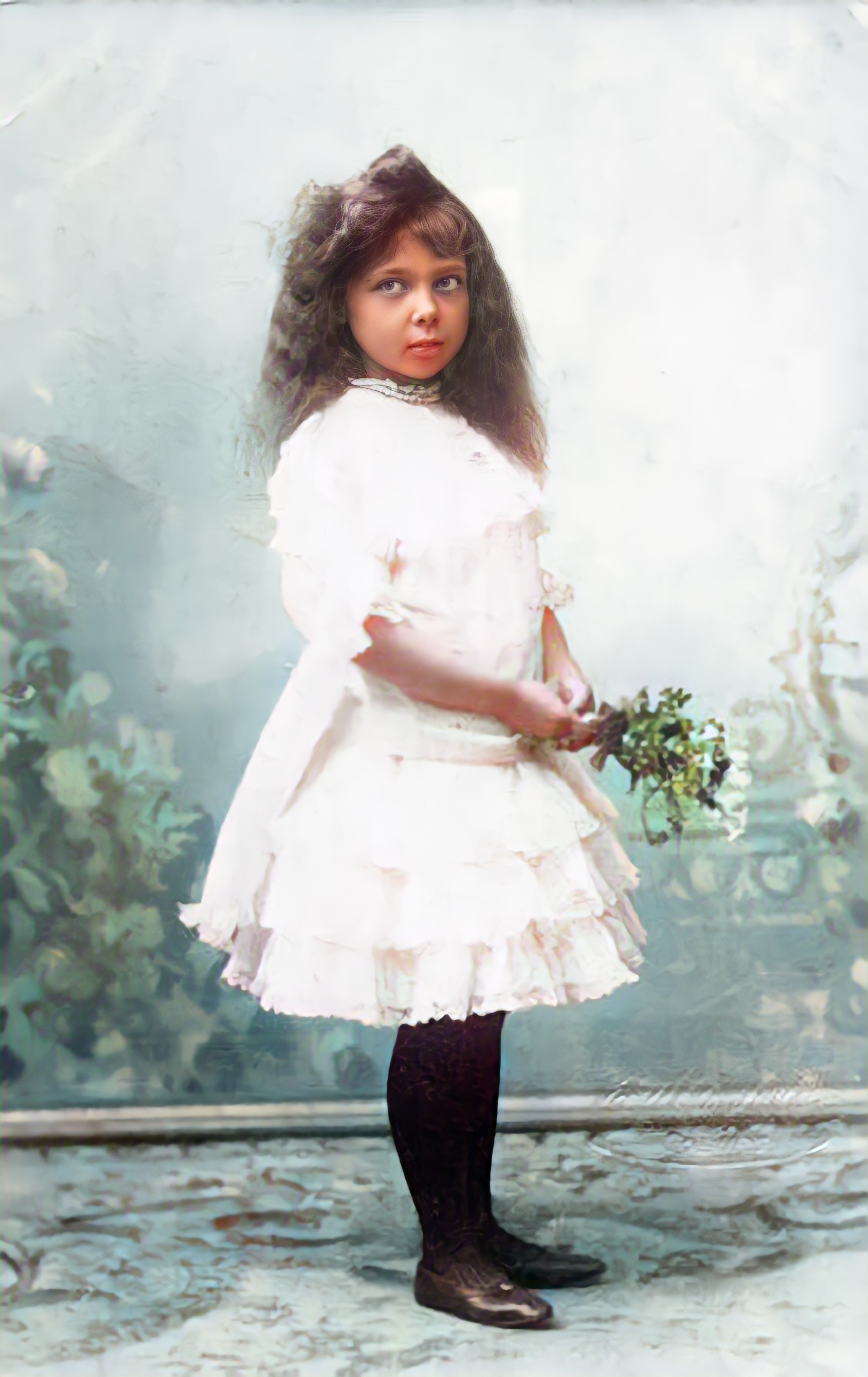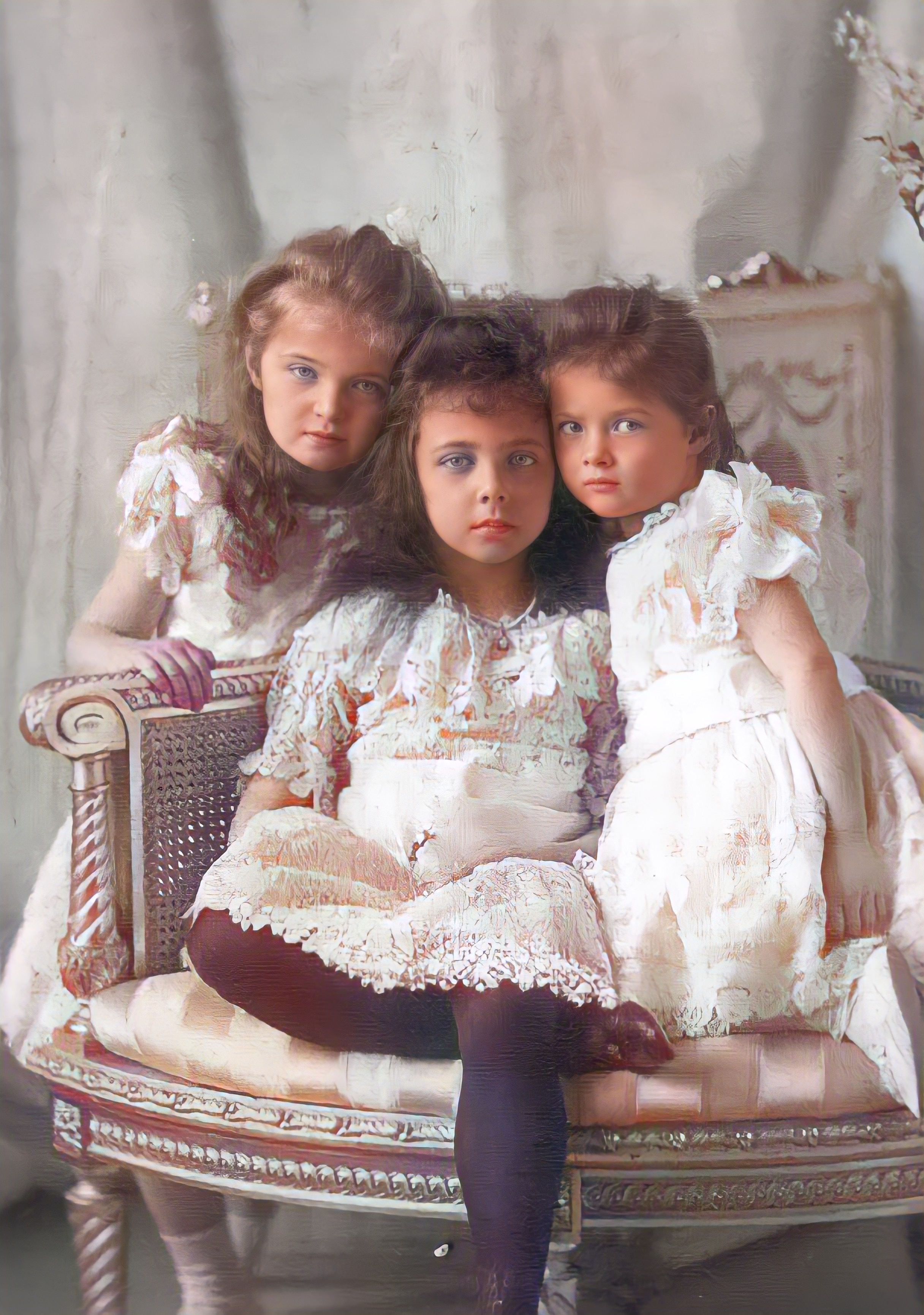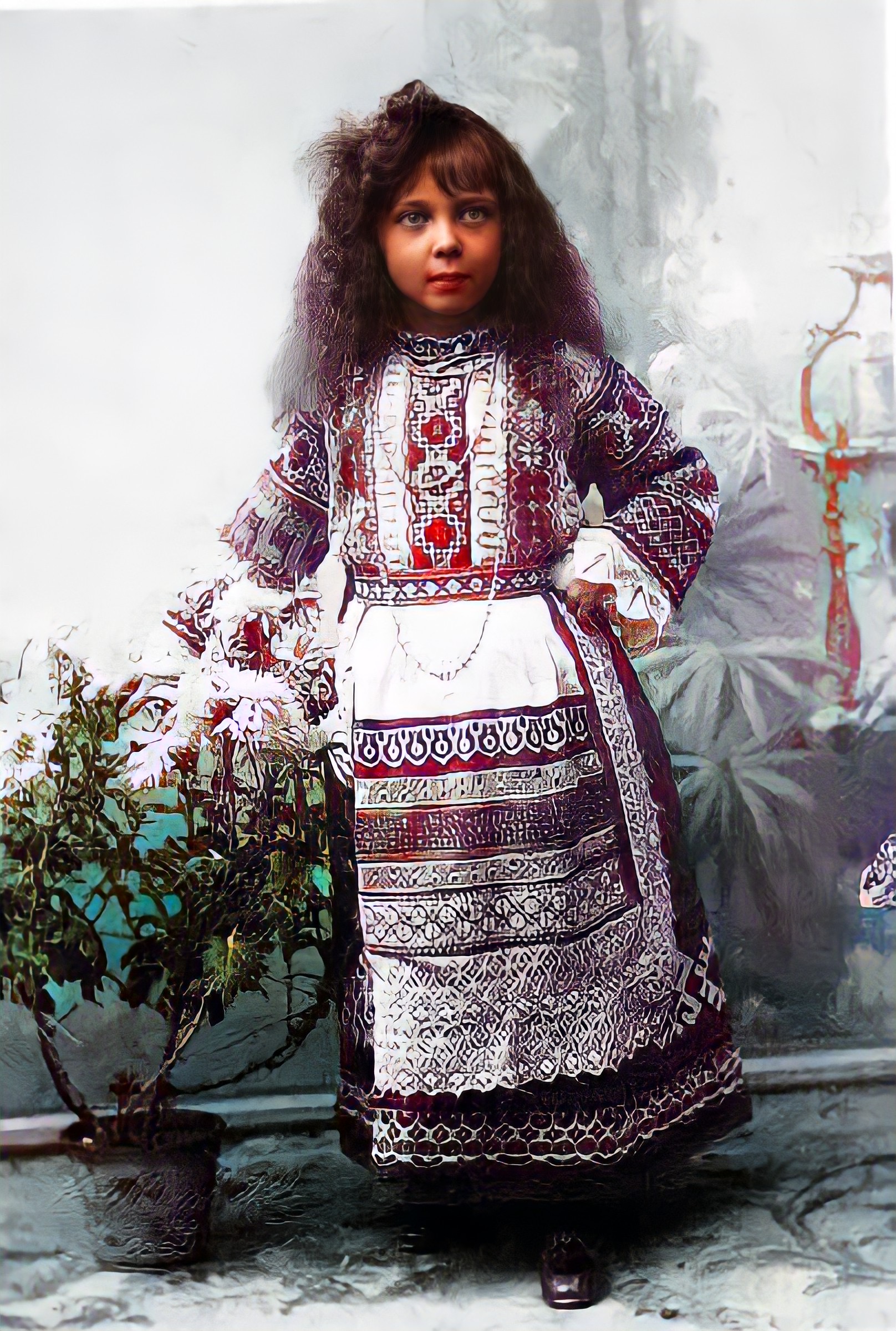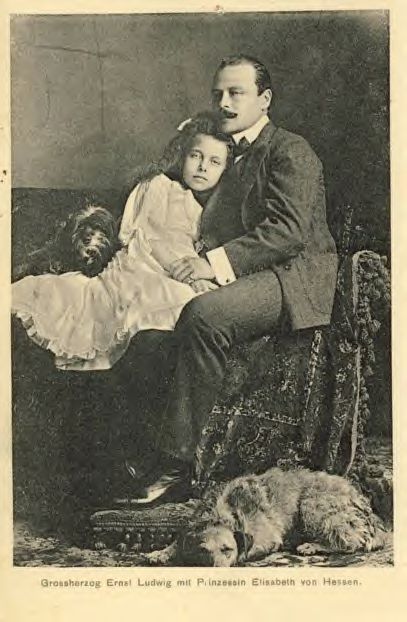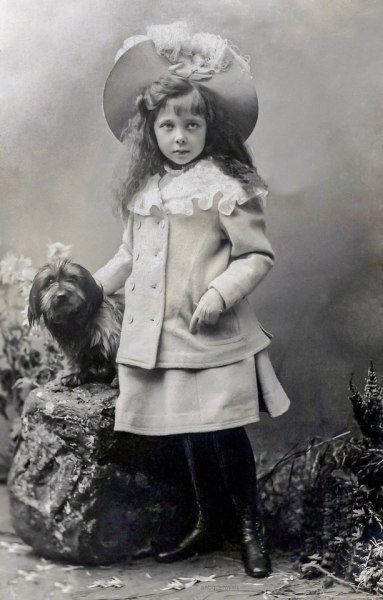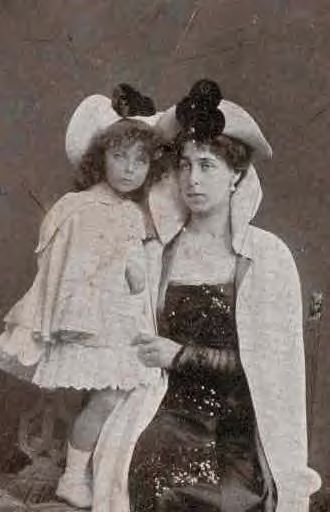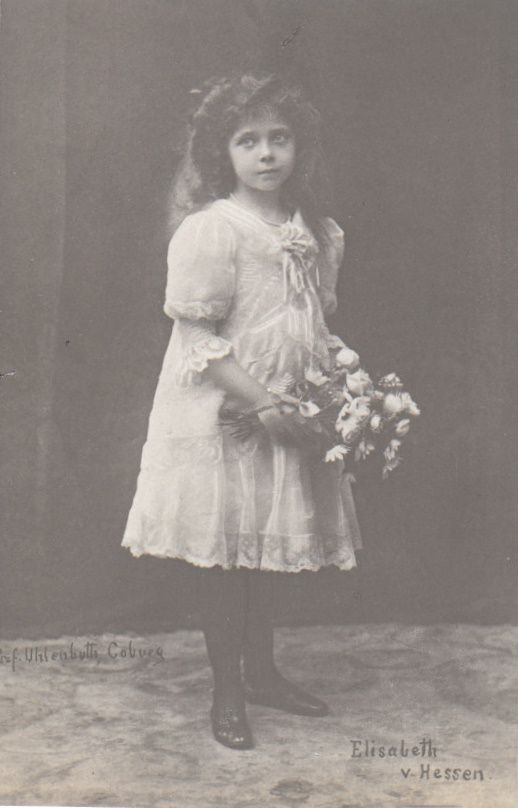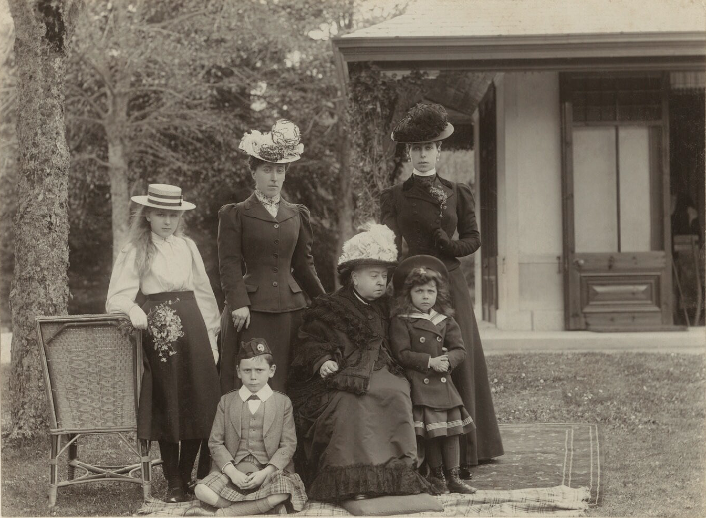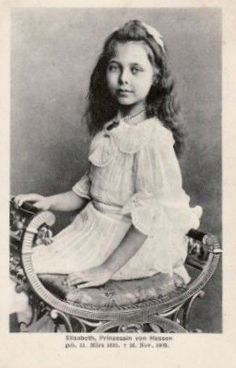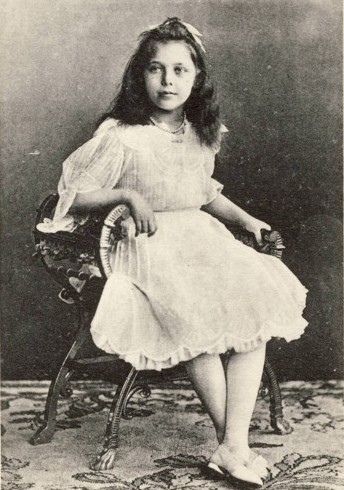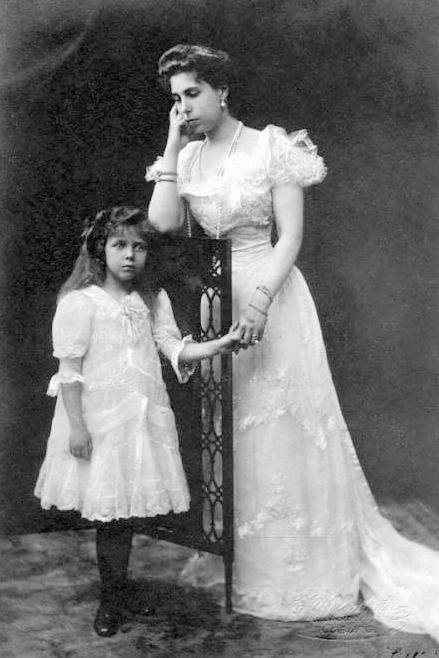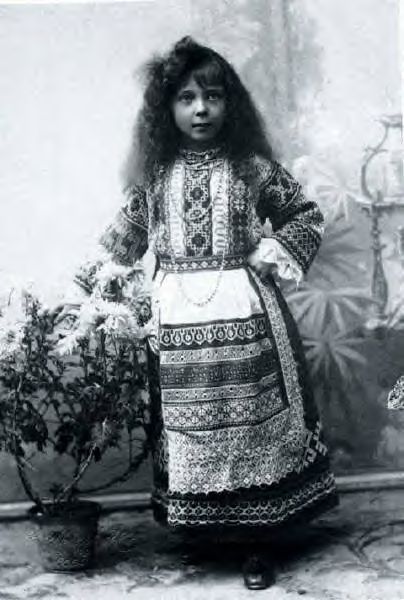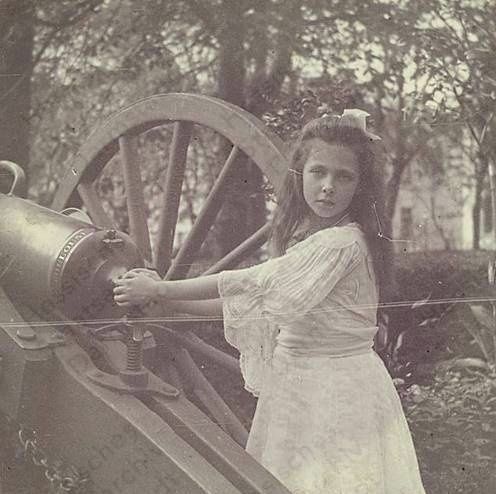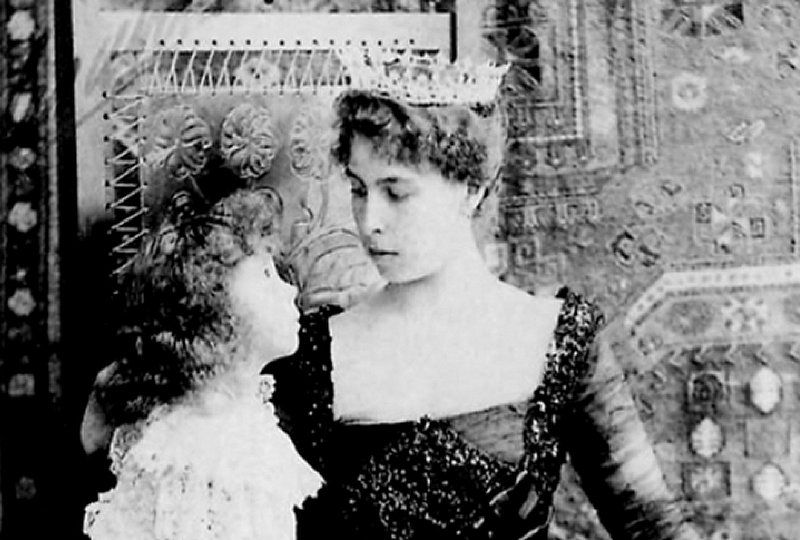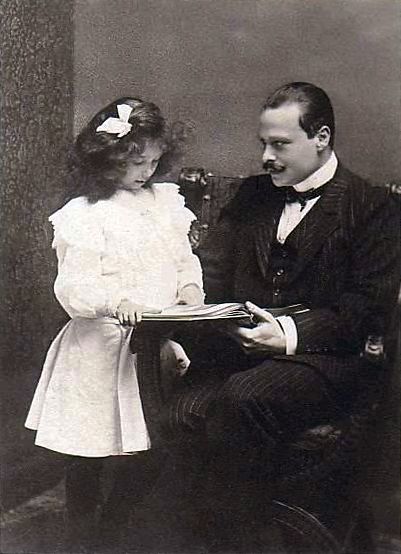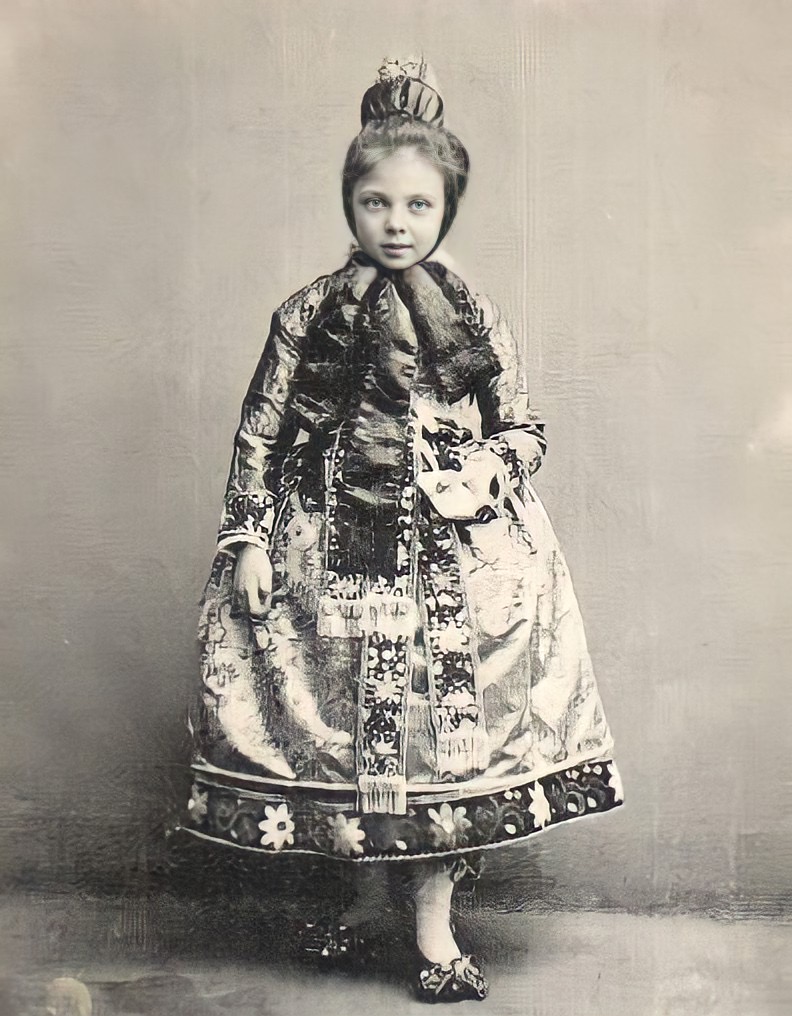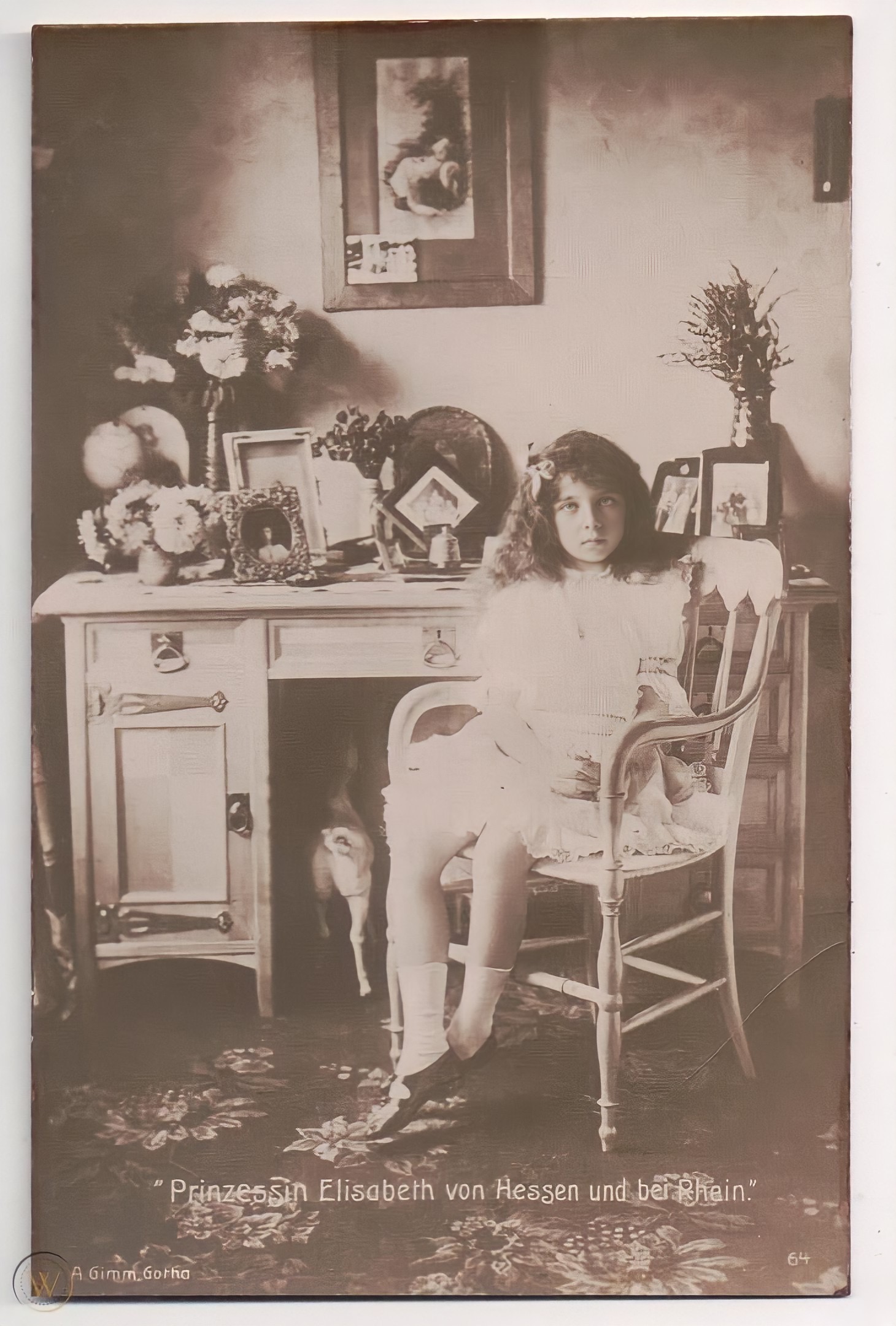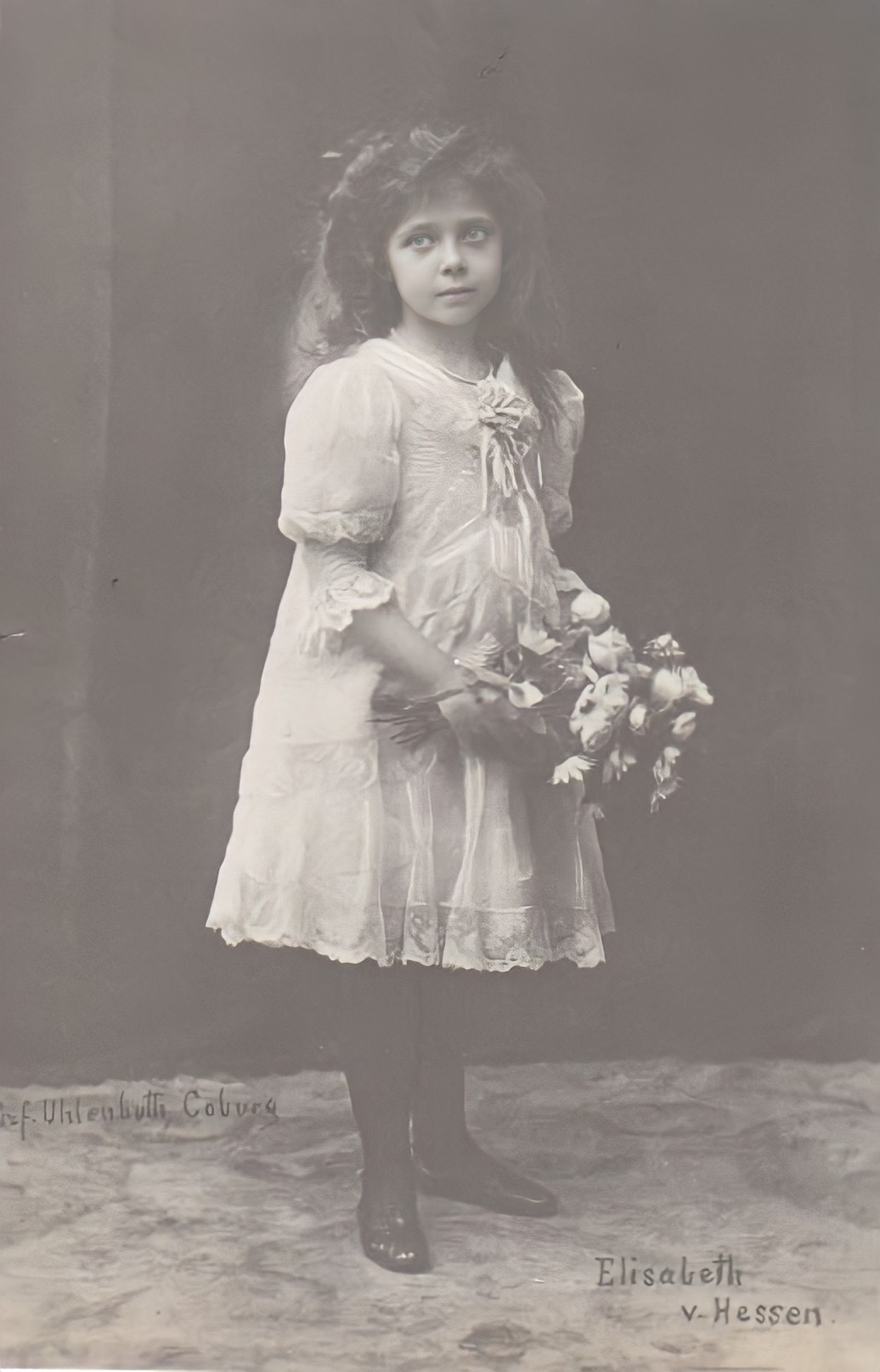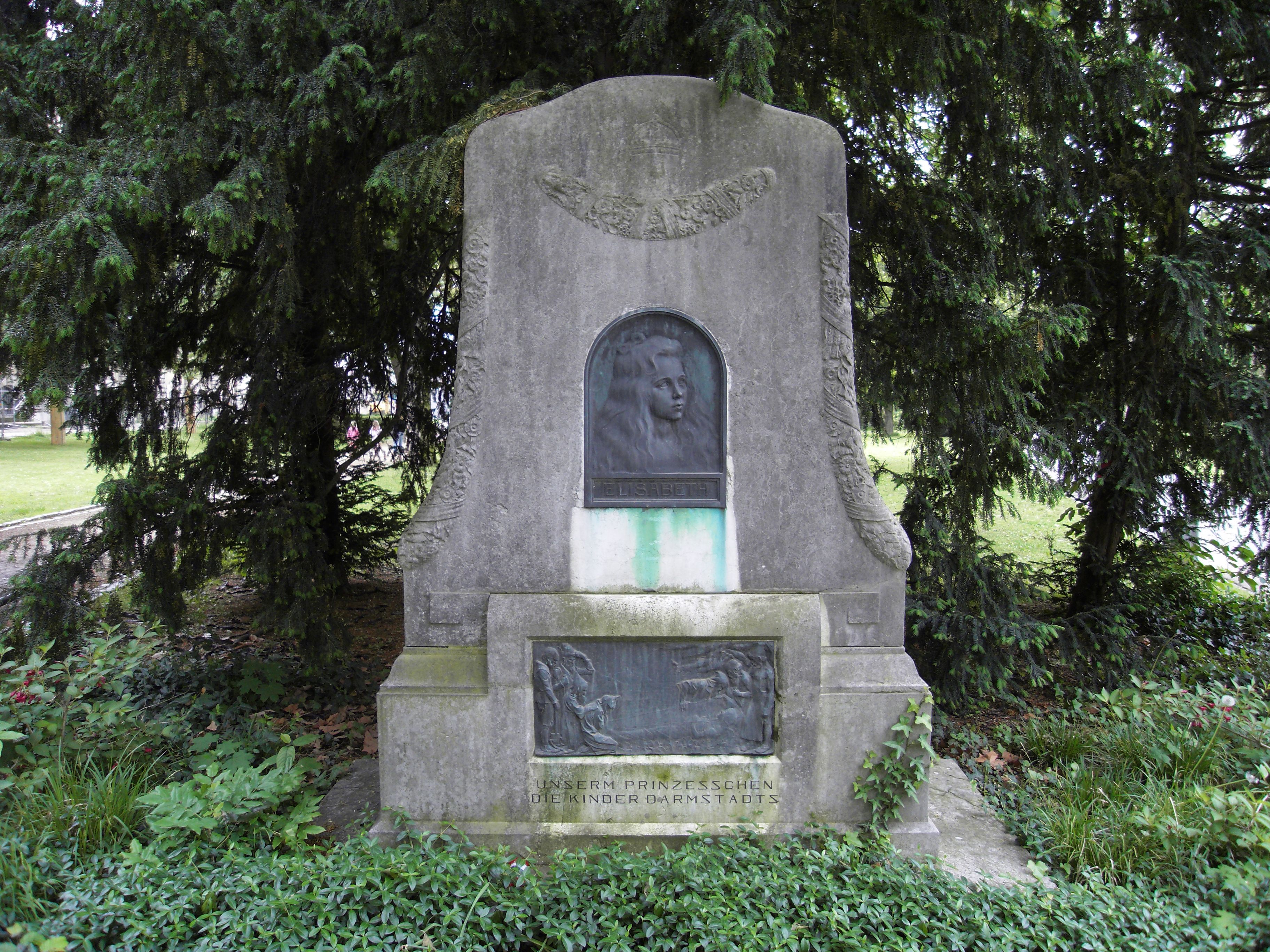Early Life
Elisabeth's parents were first cousins who married due to the encouragement of their common grandmother, Queen Victoria. Though the marriage was fraught with unhappiness, both parents demonstrated affection for Elisabeth, especially her father Ernst, who exhibited a close connection with her from an early age. He once chose the color of her nursery based on her perceived preference and even had a playhouse constructed for her.
Margaretta Eagar, a governess for the daughters of Tsar Nicholas II, described Elisabeth as resembling her mother in appearance and manner.
Relationships with Family Members
The young princess had a special relationship with her great-grandmother, Queen Victoria, who referred to her as "my precious." Elisabeth's interactions with her great-grandmother were often characterized by playfulness, eliciting laughter from the otherwise stern queen. When Queen Victoria passed away in 1901, Elisabeth was brought to her deathbed and attended the funeral.
Her parents' divorce in 1901 led to a difficult period for Elisabeth, who was required to divide her time between Darmstadt and her mother's new home in Coburg. The transition was challenging, with accounts suggesting that Elisabeth was initially mistrustful of her mother and resentful of the divorce. Despite this, she continued to display a generally cheerful disposition.
Death
Elisabeth's life was tragically cut short on November 16, 1903, in Skierniewice, Congress Poland, Russian Empire (now Skierniewice, Poland). While visiting the imperial family's hunting lodge in Skierniewice, she awoke with a sore throat and chest pains. Though initially dismissed as minor, her condition quickly deteriorated. Despite attempts to revive her, she succumbed to what was later confirmed as virulent typhoid. There were rumors at the time that she had ingested food intended for the Tsar, but this was never substantiated.
Funeral and Legacy
Her funeral was conducted in white, a departure from traditional black, and included white flowers and white horses for the procession. Thousands of Hessian people attended, expressing their grief openly.
Elisabeth's death had a profound impact on her family, especially her father, who was still affected by her loss three decades later. She was buried in the Rosenhöhe with other members of the Hessian grand ducal family, and a marble angel was installed to watch over her grave.
Her short life, though filled with joy and complexity, was marked by her connections with prominent family members and the impact she had on those around her. Her story stands as a poignant reminder of a young life full of promise, taken all too soon.
Written by: Alan Owen
Early Life
Elisabeth's parents were first cousins who married due to the encouragement of their common grandmother, Queen Victoria. Though the marriage was fraught with unhappiness, both parents demonstrated affection for Elisabeth, especially her father Ernst, who exhibited a close connection with her from an early age. He once chose the color of her nursery based on her perceived preference and even had a playhouse constructed for her.
Margaretta Eagar, a governess for the daughters of Tsar Nicholas II, described Elisabeth as resembling her mother in appearance and manner.
Relationships with Family Members
The young princess had a special relationship with her great-grandmother, Queen Victoria, who referred to her as "my precious." Elisabeth's interactions with her great-grandmother were often characterized by playfulness, eliciting laughter from the otherwise stern queen. When Queen Victoria passed away in 1901, Elisabeth was brought to her deathbed and attended the funeral.
Her parents' divorce in 1901 led to a difficult period for Elisabeth, who was required to divide her time between Darmstadt and her mother's new home in Coburg. The transition was challenging, with accounts suggesting that Elisabeth was initially mistrustful of her mother and resentful of the divorce. Despite this, she continued to display a generally cheerful disposition.
Death
Elisabeth's life was tragically cut short on November 16, 1903, in Skierniewice, Congress Poland, Russian Empire (now Skierniewice, Poland). While visiting the imperial family's hunting lodge in Skierniewice, she awoke with a sore throat and chest pains. Though initially dismissed as minor, her condition quickly deteriorated. Despite attempts to revive her, she succumbed to what was later confirmed as virulent typhoid. There were rumors at the time that she had ingested food intended for the Tsar, but this was never substantiated.
Funeral and Legacy
Her funeral was conducted in white, a departure from traditional black, and included white flowers and white horses for the procession. Thousands of Hessian people attended, expressing their grief openly.
Elisabeth's death had a profound impact on her family, especially her father, who was still affected by her loss three decades later. She was buried in the Rosenhöhe with other members of the Hessian grand ducal family, and a marble angel was installed to watch over her grave.
Her short life, though filled with joy and complexity, was marked by her connections with prominent family members and the impact she had on those around her. Her story stands as a poignant reminder of a young life full of promise, taken all too soon.
Written by: Alan Owen
Gravesite Details
Buried right outside of the new mausoleum at the entrance to the Cemetery. The Cemetery is part of the new Mausoleum grounds.
